Unveiling the Future: Exploring the Advantages of N-Type TOPCon Solar Panels

Introduction:
In the ever-evolving world of solar energy, technological advancements play a pivotal role in enhancing efficiency and sustainability. One such breakthrough is the development of N-Type Tunnel Oxide Passivated Contact (TOPCon) solar panels. These cutting-edge photovoltaic devices are reshaping the landscape of solar energy harvesting by offering improved performance and durability. In this blog post, we’ll delve into the intricacies of N-Type TOPCon solar panels, exploring their structure, advantages, and the promising future they hold for the renewable energy sector.
Understanding N-Type TOPCon Solar Panels:
N-Type TOPCon solar panels are a new generation of solar cells that utilize advanced materials and innovative designs to enhance their efficiency and overall performance. N-Type TOPCon panels employ N-Type silicon as the base material. The N-Type silicon provides several advantages, making these solar panels a promising choice for the future of solar energy.
Advantages of N-Type TOPCon Solar Panels:
1. Increased Efficiency: One of the primary advantages of N-Type TOPCon solar panels is their higher efficiency compared to conventional solar cells. The N-Type silicon used in these panels exhibits lower recombination rates, meaning that fewer electrons and holes recombine and are lost as heat. This results in a more efficient conversion of sunlight into electricity, ultimately leading to higher energy yields.
2. Improved Durability and Longevity: N-Type TOPCon solar panels are designed with durability in mind. The tunnel oxide passivation layer serves as a protective barrier, preventing external factors such as moisture and contaminants from degrading the solar cell’s performance over time. This enhanced durability contributes to a longer lifespan for the solar panels, making them a reliable and sustainable choice for solar energy systems.
3. Enhanced Temperature Coefficient: N-Type TOPCon solar panels exhibit a lower temperature coefficient compared to traditional solar cells. This means that their efficiency remains relatively stable even in high-temperature environments. This characteristic is particularly advantageous in regions with hot climates, where solar panels often face challenges related to performance degradation in elevated temperatures.
4. Reduced Degradation and Light-Induced Degradation (LID): N-Type TOPCon solar panels are known for their minimal degradation over time. Light-Induced Degradation (LID), a phenomenon where solar cells experience a temporary reduction in efficiency after initial exposure to sunlight, is significantly reduced in N-Type TOPCon panels. This ensures a more stable and reliable energy output over the lifespan of the solar panels.
5. Compatibility with Bifacial Technology: N-Type TOPCon solar panels are well-suited for bifacial technology, allowing them to capture sunlight from both the front and rear sides. This dual-sided exposure enhances energy production, especially in environments with reflective surfaces such as snow or concrete. The compatibility with bifacial technology further underscores the versatility of N-Type TOPCon solar panels.
Conclusion: Aptos solar panels were successfully tested under UL61730 standards which includes the following tests – Thermal Cycle, Damp Heat, and Degradation Tests.
N-Type TOPCon solar panels represent a significant leap forward in the field of solar energy. With their higher efficiency, enhanced durability, and improved performance in various environmental conditions, these solar panels are poised to play a crucial role in advancing the adoption of renewable energy. As technology continues to evolve, N-Type TOPCon solar panels are likely to become a cornerstone in the development of more efficient and sustainable solar energy systems, paving the way for a cleaner and greener future.
